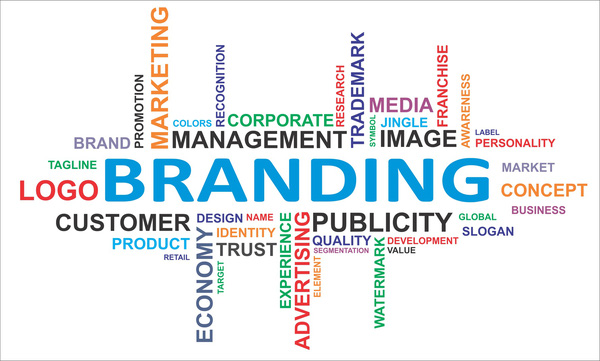Content creation is a crucial factor determining the success of brand coverage. An engaging content, suitable for customer preferences, can help the brand attract a potential customer base beyond expectations.
However, there are many mistakes in brand building that marketers often make. What are those errors? And how can they be fixed? Today’s article from LoLo Media will help readers identify those mistakes and guide you on how to surprisingly avoid them!
1. Advertising content appears too frequently
One of the unnecessary mistakes when building an effective brand is inserting too much advertising content on the website. In reality, customers are not truly interested in the “flashy” aspects of a brand. They only care about whether the brand can meet their needs. Advertising can cause users to feel bored and uncomfortable, sometimes even affecting their perception of the product or service they are focusing on.
2. Website content is unstructured and unprofessional
If your website is designed carelessly and hastily, the distorted content will greatly affect your brand. Users will perceive the brand image as sloppy and unprofessional.
The website is the face of the brand and business; therefore, marketers need an effective and professional website-building strategy. Carefully research the interface you want to ensure it suits user preferences and provides a good experience to build a strong brand.
Refer to professional website design services to own a unique, novel, and attractive interface. Then develop specific plans and strategies to grow the website.
A reputable and professional website design service in Ho Chi Minh City you can consider is Thủy Thủ Agency. You can contact them for consultation and effective website-building planning by their sales team.
3. Updating negative content
Negative content can strongly attract customers and increase brand views. However, this is not a very feasible action as it negatively affects customer perception and behavior and influences their decision-making ability.
If a business wants to address this type of content, providing clear solutions in the conclusion instead of only stating negative points will be a good marketing approach for the brand.
Carefully consider updating negative content because it can be a double-edged sword that harms your brand.
4. Exploiting controversial topics
Controversial topics unrelated to your brand’s business field should absolutely be avoided. Issues with too many opposing opinions can damage your brand’s reputation.
Depending on the customs, industries, and ages in each country, updated content must be clearly reviewed, not causing aesthetic damage, distortion, or defamation of other brands or organizations. Carefully research and consider to avoid misinformation that affects your brand.
5. Large volume of emails
According to Salesforce reports, 76% of customers expect consistent interaction with brands across all departments. However, 54% of respondents say sales, service, and marketing teams are disconnected.
To increase customer reach through email, departments in the business need to connect and be consistent in delivering information. However, if customers want to unsubscribe from emails, businesses can change their minds by improving the unsubscribe form and offering the option to “receive only necessary content” for customers.
6. Contradictory content
Contradictory content is a common mistake marketers make during brand building. You cannot post content that conflicts with each other for customers, especially in terms of content style. This greatly affects the audience you present to. For example, the first post is a “meme,” but the next one is a deep, serious piece. This confuses readers and makes it difficult for them to recognize the brand’s style and brand voice.

Brand voice is the unique personality a brand expresses in communications, making content strategies more lively and engaging, which persuades readers to become loyal customers and fosters sustainable business growth.
7. Unimpressive, unconvincing headlines
Headlines are crucial in catching customer attention and prompting them to open emails. Generic headlines like “readme” or “check it out” are outdated because they do not give recipients an overview of the email content.
Create attractive, fresh, and unique headlines with clear calls to action (CTA) to increase customer interaction and encourage their response.
8. Duplicate content across multiple platforms
Many brands promote their image on various platforms to increase coverage. However, using the same promotional content across different platforms can negatively impact the brand because each platform is a different ecosystem with distinct styles and target audiences.
Therefore, diversify content to fit each platform and develop separate strategies to achieve the best results.
9. Content without source citation
Failing to cite sources is a major mistake for content creators and marketers. Copying others’ content—whether text, images, videos, or survey results—without attribution disrespects copyright.
If you want to recreate any content, marketers should cite the source at the end of the article to show respect to the original author.
10. Overusing hashtags

Hashtags help your content reach more users, but excessive use can backfire. Too many hashtags overwhelm readers and dilute the content’s impact.
“Small mistakes can lead to big consequences” in brand building, so be mindful of hashtag usage to avoid harming your company’s reputation. With these 15 common mistakes, marketers can gain valuable experience to “ride the waves” and successfully execute upcoming brand-building campaigns.
